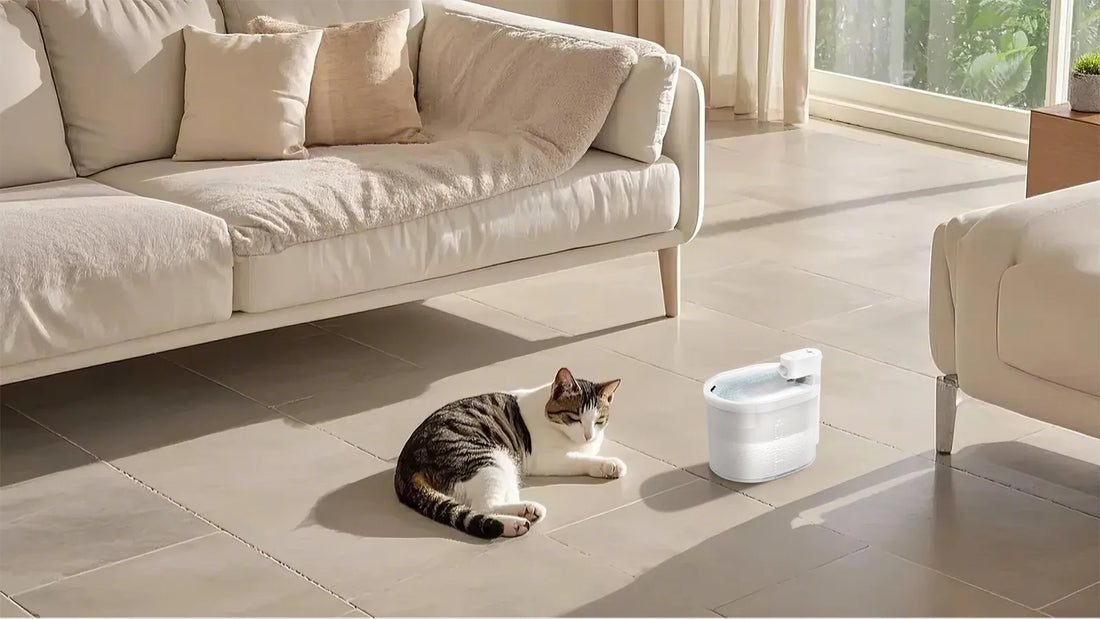Caring for a cat with arthritis requires thoughtful adjustments to their environment, and one of the most critical areas to address is their litter box. Arthritis can make it difficult for cats to climb into high-sided boxes or navigate small entrances, leading to discomfort and even accidents. By selecting the right litter box and making a few modifications, you can significantly improve your cat's quality of life.
Understanding Arthritis in Cats
Arthritis is a common condition in older cats, but it can also affect younger felines due to injury or genetic predisposition. This degenerative joint disease causes pain, stiffness, and reduced mobility, making everyday activities like using the litter box challenging. Recognizing the signs of arthritis, such as limping, reluctance to jump, or changes in grooming habits, is the first step in providing the care your cat needs.
Key Features of a Litter Box for Cats with Arthritis
When choosing a litter box for a cat with arthritis, several features are essential to ensure ease of use and comfort:
- Low Entry: A litter box with a low entrance reduces the need for your cat to step over a high edge, minimizing strain on their joints.
- Spacious Design: A larger box provides ample space for your cat to move around comfortably, even if they have limited mobility.
- Non-Slip Base: A stable, non-slip base prevents the box from sliding, giving your cat confidence as they enter and exit.
- Lightweight Litter: Opt for lightweight litter that is easy for your cat to dig and cover without exerting too much effort.
DIY Modifications for Existing Litter Boxes
If purchasing a new litter box isn't an option, you can make simple modifications to your current one to accommodate your arthritic cat. For example, cutting a lower entrance into the side of the box or placing a ramp or step nearby can make it easier for your cat to access. Additionally, ensure the box is placed in a quiet, easily accessible location to reduce stress and effort.
Maintaining a Clean and Comfortable Litter Box
Regular cleaning is crucial for any litter box, but it's especially important for cats with arthritis. A clean box encourages use and prevents discomfort caused by stepping on soiled litter. Scoop the box daily and replace the litter frequently to maintain a hygienic environment. Consider using a litter mat to catch stray particles and keep the surrounding area clean.
Monitoring Your Cat's Behavior
After making changes to the litter box, observe your cat's behavior to ensure they are comfortable and using it regularly. If you notice any signs of continued difficulty or avoidance, it may be necessary to try a different box or consult your veterinarian for additional advice. Remember, every cat is unique, and finding the right solution may require some trial and error.
Creating a Supportive Environment
Beyond the litter box, there are other ways to support a cat with arthritis. Providing soft bedding, easy access to food and water, and gentle playtime can all contribute to their overall well-being. Regular veterinary check-ups are also essential to monitor the progression of arthritis and adjust care as needed.
By taking the time to understand your cat's needs and making thoughtful adjustments, you can help them live a more comfortable and happy life. A litter box designed for cats with arthritis is just one step in creating a supportive environment that caters to their unique challenges. Your feline friend will thank you for the extra care and attention.













